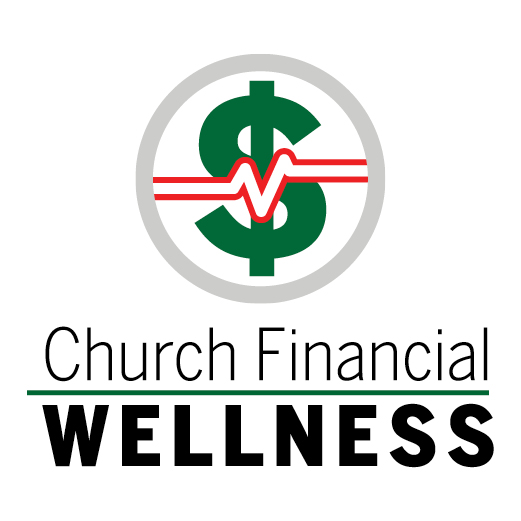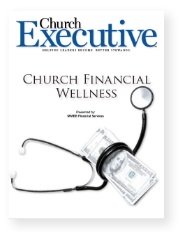
 As we begin the new year, the country will already have witnessed health care workers and others receiving the first vaccines developed to protect us against COVID-19. It is a testament to science — and, I believe, a miracle — that a vaccine has been developed so swiftly.
As we begin the new year, the country will already have witnessed health care workers and others receiving the first vaccines developed to protect us against COVID-19. It is a testament to science — and, I believe, a miracle — that a vaccine has been developed so swiftly.
Nevertheless, it will be later this year before most of the country is vaccinated, possibly into the late summer and early fall.
In the meantime, we still need to practice protocols that will help keep us safe
and healthy.

Some churches reopened after the first “wave” of COVID last spring, but many churches have continued to meet online by streaming their services or using other platforms, such as Zoom, Facebook Live or YouTube. As we look forward to churches reopening for in-person worship services, pastoral leadership is faced with increased expenses associated with protecting their congregation. The pandemic has greatly affected the bottom line of most churches with decreased tithes and giving, making it more difficult to fund daily operations let alone the added costs of sanitizing the church; providing Personal Protective Equipment (PPE) for pastors, lay staff and congregants; important signage and other related communications.
There are several areas of the budget that will be affected, especially payroll and purchasing.
Payroll might be increased if churches are required to hire additional staff, pay overtime to current staff, or hire contractors to sanitize the church building and monitor worshippers as they enter for services.
Some churches will solicit volunteers from the congregation to reduce costs, but they will need to be properly trained on the CDC guidelines.
Hiring outside cleaning contractors can be costly. Prices vary based on the location and size of your building. Costs are calculated on the square footage. Keep in mind that this will be a recurring expense (weekly at least) until the pandemic subsides.
One option might be to have staff or volunteers clean on Sunday between services and the cleaning contractors sanitize weekly.
Purchasing budgets will be increased as churches must procure additional supplies to re-open safely. Hand-sanitizing stations will need to be purchased and installed in the church. The size of the building will determine the number of stations required. And, if the restrooms weren’t equipped with hand sanitizers, they will need to be installed as well. Costs for hand sanitizing stations vary depending on the type — wall-mounted or freestanding — from $40 to $250 each.
Ushers will need to be equipped to take worshippers’ temperatures as they enter church. Depending on the budget, you will need to decide whether to purchase individual, handheld thermometers which range from $20 to $200 each. Larger body temperature scanners can reduce the risk of exposure that might be involved with a person using the handheld thermometers, but they are much more expensive: from $2,500 to $3,500 apiece.

The church might also need to purchase PPE for pastors and lay staff. Costs will vary depending on the type of equipment (facemasks, eye protection, gloves for cleaning) and the quantity needed. You might also want to provide disposable facemasks for those who come to services without a face covering. Three-ply disposable masks can be purchased in bulk for less than 2 cents each.
The cost (and benefits) of reliable communication
With most churches operating with reduced capacity to facilitate social distancing, there has been a need for communications platforms — both inside and outside of the church — that allow congregants to register or reserve their seat(s) for weekly services to avoid disappointment when they arrive.
Congregations are no longer using bibles and hymnals supplied by the church. Most churches have switched to projecting the hymn or praise song lyrics and announcements on a large screen for worshippers to follow along. This might require purchasing a projector and a large screen and training staff to use them.
Churches might also want to print signage that directs worshippers when they enter the church to ensure a smooth, one-way flow of foot traffic.
Printed bulletins have also gone by the wayside during the pandemic in an effort to avoid multiple people handling items. Many have switched to electronic bulletins and newsletters that can be accessed via the church website or emailed to the congregation. One option is to subscribe to a service such as flocknote.com, which facilitates both email and text communications to members. It’s free for congregations of 40 or less and offers affordable incremental pricing for larger groups.
Another option is the ChurchCast app, a communications solution developed to help ministers connect with church members, visitors and ministry partners through voice calls, SMS text messages, and emails. It integrates with church information systems, social media accounts, RSS feeds and more.
Email and text communications might also help to bolster online giving, as they can include a weekly reminder to make your donation electronically. Two popular online giving platforms are Tithe.ly and Givelify.com.
Tithe.ly is an app that lets your church receive donations securely from anywhere, at any time. It allows you to add your church’s online giving form anywhere your congregants go — such as your website or partner ministries’ websites — and users can give by phone and more, resulting in more giving. You are able to create your church giving account in minutes and start taking donations immediately.
Givelify is the most downloaded, highest-rated and highest-reviewed online giving platform1. It’s easier than text-to-give donations because Givelify is an app; there are no complicated SMS numbers and codes; it’s available in both English and Spanish versions to help reach bilingual audiences; it allows you to build custom giving campaigns; and more. Givelify enables your community to give anytime, anywhere.
Churches have a sacred responsibility to protect those who attend their worship services or other activities — but the pandemic has made that more challenging. We look forward to celebrating the time when we are all able return to worshipping freely, together.
Rev. Clifton Morgan serves as Director, Business Development, at MMBB Financial Services. Ordained in 1979, Rev. Morgan has served in many Baptist leadership capacities for more than 30 years. He holds degrees in religious studies and political science from Santa Clara University, and a degree in Secondary Education from San Jose State University. His background includes management training and marketing positions with Agilent Technologies, Hewlett-Packard and The National Urban League. He also served as Associate Director of Secondary Education at LaSalle University in Philadelphia and Director of Fisk Teachers Agency in Philadelphia.
1Givelify.com
This post is for informational purposes only. The inclusion of a third-party does not constitute an endorsement by MMBB. MMBB is not responsible for the results obtained from using this information.


